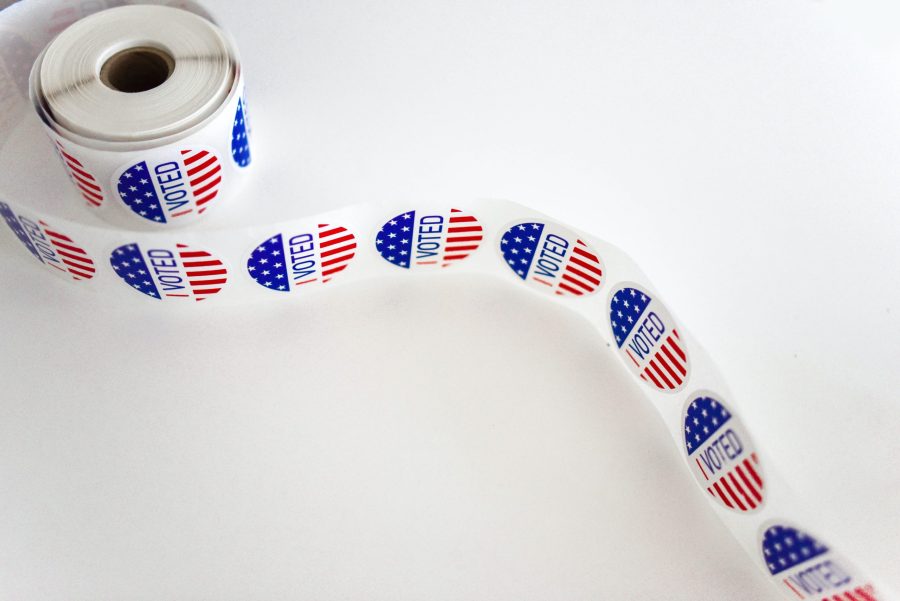Corporations such as Starbucks get away with exporting precious water bottles from California’s limited supply.
Delivered fresh from the barren springs of California, nothing will quench your thirst like the taste of Starbucks’ bottled water. Starbucks has sold almost 250 million bottles of its Ethos brand water, according to Business Insider. While the company extensively publicizes the fact that 5 cents of every $1.95 of profits per water bottle is donated to purify drinking water in impoverished areas of the world, many consumers on the West Coast (including celebrities like Matt Damon and Leonardo DiCaprio) are unaware of the origins of the water they are drinking. Ethos sources its water from severely drought-stricken areas in California, namely Merced, a county that the U.S. Drought Monitor classifies as being in a state of “exceptional drought.”
The company receives its water from a private processing plant owned by the grocery-chain store Safeway, another prominent company that should not be bottling its water from springs that are at risk of drying out. Mother Jones magazine reported that residents of areas near the water plant are expected to decrease their personal water usage by as much as 35 percent, while Ethos and Safeway do not even pay for the spring water they are constantly depleting from the area. Although its efforts to provide underprivileged children with clean drinking water are commendable, Starbucks should bottle its water from cities outside of California that are not facing a historic drought and use its status as a multibillion-dollar, international corporation to urge other businesses to do so as well.
Disputes deepen between the economic influences of farmers and fisherman as they battle over finite water resources.
While the severity of the state’s drought is news to Southern Californians, the Bay Area fishermen and the Central Valley farmers have been duking it out for years over who’s the bigger water waster.
The fishermen and their environmentalist backers blame the farmers for polluting the air, draining the water table and, now, feeling entitled to the Bay Area’s water. The farmers, on the other hand, say the fishermen have let 1.3 trillion gallons of fresh water drain into the ocean to benefit the tiny Delta smelt.
It’s easy for these sides to vilify one another, and certainly both industries could do better to conserve water. But each of these industries is an economic giant, with salmon fishermen alone supporting a $1.5 billion industry. The farmers, on the other hand, produce about one-fourth of the nation’s food, and each time their water expenses go up, the price of food continues to go up as well.
While it might seem that these two industries are fundamentally at odds, it’s in our best interests now to find solutions that help both of them and Californians’ water woes.
Whether it’s re-stocking the smelt population in other rivers away from the pumps, encouraging the use of drip irrigation or simply saving the fresh water that’s being dumped into the ocean, literally anything is better than throwing away the water our state so desperately needs.
While urban water use is not solely responsible for the drought, recycled greywater may prove useful.
In times of extreme drought, like the one California is in right now, a common misunderstanding is how much urban water usage affects the drought. Shortening shower time by a few minutes or flushing the toilet less really won’t make a difference — not saying that these aren’t good things to practice, but in the grand scheme of things, these reductions are miniscule. The Public Policy Institute of California states that urban water usage only accounts for 10 percent of water used in California, and about half of that 10 percent goes toward landscaping (watering the lawn, for example). Despite this, water usage per capita in urban areas has declined significantly.
A better and more viable option for urban populations to consider is greywater: essentially recycling all the water someone uses to shower and wash clothes and dishes — though not water from toilets. If Californians remain keen on watering their lawn every day, then greywater is the answer. But greywater can go beyond this. It can also be used to irrigate plants (did you hear that, farmers?) and be recycled to wash clothes and dishes. If people wanted to use greywater to conserve water, they would simply have to install a system to recycle the greywater back into their homes, saving money in the long run because this requires very little energy to use. This extreme drought demands that Californians conserve water, and the greywater option is both viable and efficient.
Although desalination is a costly investment, this method may offer a nearly infinite source of water.
With our water crisis situation in California, desalination starts to sound like a decent option to provide us with drinkable water. A new desalination center is about to open in San Diego County and will look to provide water for 7 to 8 percent of San Diego’s population by November. The New York Times reports that recent technological advances have helped cut energy use of these kinds of plants in half in the past 20 years.With the immensity of the Pacific Ocean, this new method promises a countless amount of drinkable water for California’s residents in the near future.
However, desalination should only come as a last option, as it is only a short-term solution. As Reuters points out, “The city of Santa Barbara is taking steps to modernize and reactivate a much smaller $34 million desalination plant built during an earlier drought but mothballed after a trial run in 1992, when that water crisis abated.” We do not know if the crisis will last, even though it seems like it will. This solution would also hurt the environment, with Reuters noting that consequences, “such as harm to marine life from intake pipes that suck water into the treatment plants and the concentrated brine that gets discharged back into the ocean,” would occur.
In order to implement the desalination plant in San Diego County, this will require the investment of at least 1 billion dollars, as reported by Reuters. The issue here is for us to decide if we want to invest into this costly and environmentally unfriendly method that might just be a short-term solution.











